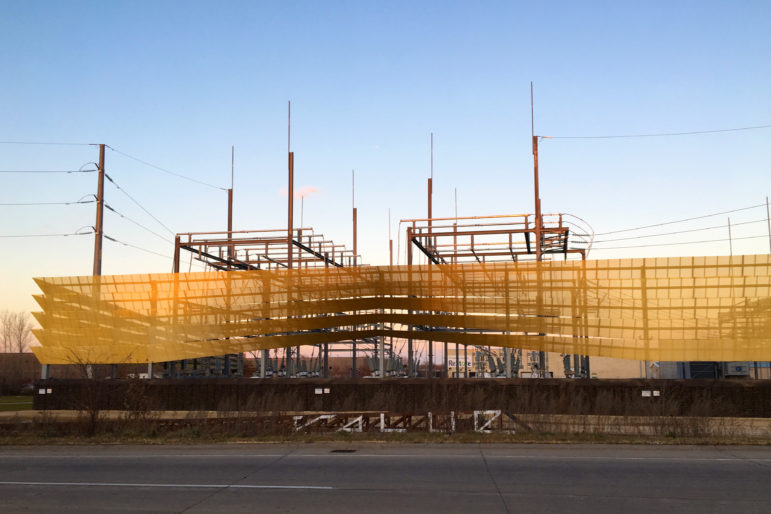
Fresh Energy has long advocated for more rigorous and proactive planning for Minnesota’s local distribution grids, which play a crucial role in our energy system. Local distribution grids are the last stop for electricity before it reaches homes and businesses. Most of our power is generated at large power plants and carried via high-voltage transmission lines over long distances and then “dropped off” along the way into our local distribution grids. Smaller power generators, like rooftop and community solar, produce power directly on the distribution system.
We know that the energy “landscape” is changing fast and many widely popular innovations over the past decade have made traditional grid planning outdated and insufficient. For example, more people are adopting “distributed energy resources” (DERs) which are small-scale energy resources often found on the customer side that generate, store, and manage energy (like solar panels, fuel cells, and smart thermostats). Beyond that, electrified homes, businesses, and transport will grow and technical capabilities will continue to evolve (hello smart inverters!). Planning for and considering interactions between all these trends is essential for making efficient and cost-effective investment decisions for the modernized grid we need.
In mid March, Fresh Energy submitted significant comments evaluating Xcel’s second Integrated Distribution Plan (IDP), a comprehensive planning document forecasting changes on Xcel’s system and laying out the company’s investment plans for the next five to 10 years. This IDP contained a very large investment proposal – over $770 million – for a suite of grid modernization technologies Xcel calls the Advanced Grid Intelligence and Security (AGIS) Initiative to be installed over the coming decade.
Several of these investments are integral to an efficient and intelligent distribution system and we, for one, are excited they’re coming soon. Fresh Energy supports Xcel’s proposed investments in:
- An advanced planning tool: State-of-the-art modeling and forecasting software to improve our understanding of the grid and ability to plan for changing circumstances.
- Integrated volt-var optimization (IVVO): An application that uses hardware in the field to optimize voltage and improve the efficiency of the distribution system.
- Secure grid communications software called the Field Area Network (FAN): A private and secure communications network connecting Xcel, customer meters, and field devices.
- Advanced metering infrastructure (AMI): A system of smart meters, data management, and communications networks that allow for two-way communication between utilities and customers.
These tools will improve efficiency across Xcel’s grid as a whole, provide needed new forecasting and modeling capabilities, and enable many more opportunities for advanced rate design and load management. For example, Xcel’s conservation voltage reduction pilots using IVVO in Colorado demonstrated customer energy savings of 2.5-4% where installed. We expect in Minnesota it will reduce electricity consumption at least 1.5% across the board – that’s equivalent to roughly 250,000 metric tons of carbon emissions!
Xcel Energy is investing significant financial resources into this endeavor which will set the pace for the next decade. It’s critical they do things right the first time, including evaluating grid modernization investments with an equity lens. Fresh Energy is working with partners including the Citizens Utility Board to scrutinize the rationale and cost recovery plan for these investments to ensure customers are protected. To that end, we’ve recommended that Xcel not proceed with its investment in fault location, isolation, and system restoration (FLISR), a system of automated switching devices, at this time given the increased cost and lack of clear benefit to customers.
The decision timeline for this IDP and AGIS investments is uncertain given the COVID-19 outbreak, but Xcel will likely begin implementation of some of the tools this year and request cost recovery in the fall. Amidst all the uncertainty, we know that grid modernization is necessary to support modern electricity usage. As grid modernization moves forward, Fresh Energy is committed to putting our experts to work to ensure that utilities pursue all pathways to keep costs low for customers while decarbonizing our electricity system.

